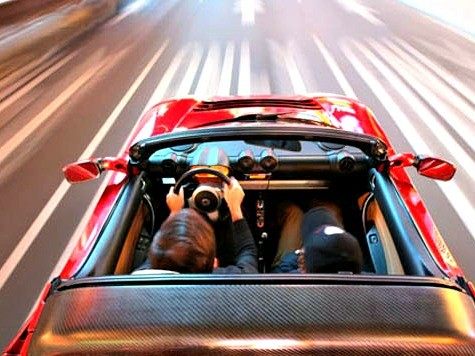In Nevada, the House always wins. That’s why they build massive casinos: to collect money from gamblers–who are unofficially known in the state as “suckers.”
Ah, but gambling on slot machines isn’t the only way to lose money in Nevada. The state is going to gamble on batteries, and also looks set to lose a ton.
Last year, Tesla declared it will build the world’s largest battery factory, near Reno. Tesla calls the facility a “gigafactory,” and says it will manufacture lithium cells to power its cars. It also promises to hire 6,500 employees.
But that number is a real gamble for the state.
For one thing, there’s no indication that Tesla will survive. Founder Elon Musk says he doesn’t expect the company to make any money until around the year 2020. If it goes the way of Solyndra before then, Tesla would take a lot of potential jobs down with it.
And even if the company turns into the next General Motors (circa 1955), Nevada probably won’t see much benefit.
To get Tesla into the state, The Washington Post reports, Nevada gave the company “a $1.3 billion incentive package to build its factory.” State taxpayers are now subsidizing the factory “at a rate of $190,000 per position.”
The Census Bureau says the median household income in Nevada is about $50,000. If each job created pays that much, and the state could somehow collect 10 percent of each salary each year in taxes (The state has no income tax.), it would still take almost 40 years to collect $190,000 from each employee, and thus break even on the deal.
What are the odds this factory will still be there, pumping out batteries, in 38 years? Those odds are certainly stacked against state taxpayers.
Nevada is gambling on a sector–energy–that even experts often misjudge. Just a year ago, it would have seemed absurd to bet on $2.50 gasoline. Yet here we are.
What will the market for big batteries look like in a decade? Only a sucker–or a government–would bet on that.

COMMENTS
Please let us know if you're having issues with commenting.